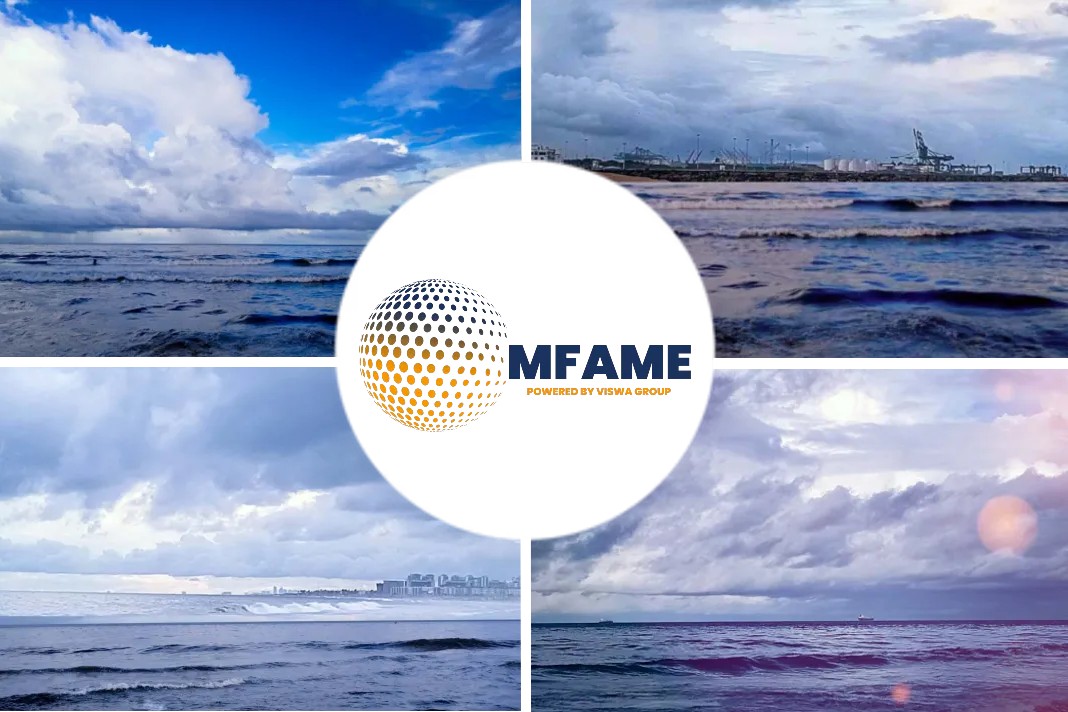Tanker sales have accelerated in the recent times owing to a rise in crude and product tonnage dealing. Suddenly everyone is vying for the market. So, this week, we are doing a detailed analysis of how the tanker selling market is faring, “based on Internodal’s weekly report”.
- In its latest weekly report, shipbroker Intermodal said that “in the last six months we have seen more than 110 reported tanker transactions involving tonnage larger than 32k dwt and younger than 18 years old.
- The transactions are more or less equally segregated between crude and product tonnage, with crude carrier transactions slightly more than product ones).
- Among these sales we notice a bit of imbalance occurring at the depreciation that is associated with age and type.
- When it comes to tankers the rule of thumb states that after a ship passes the 10 year mark its value depreciates at a faster rate.
- More so in a market that has being depressed or declining for more than 18 months as the current one”, said the shipbroker.
Ships That Defies Trend
According to Mr. Timos Papadimitriou, SnP Broker with Intermodal, “at this stage the only segment that has shown remarkable resilience are the S. Korean built MR tankers 10 years old or younger. These ships seem to defy the overall trend and are actually resisting to price discounts rather strongly.
A representative example is the Kirk and Norden deal involving two vessels both 2009 built which were reported sold at $18.65m each. In June 2017 the ex- “KIRSTIN” (50,078dwt-blt 09, S. Korea) was sold to Norden at a reported price of $19.25m. Hence, the same buyer bought similar vessels with the two deals taking place a year apart and with only a 3.1% decrease on the respective values”.
The Japanese Tonnage Market
Papadimitriou added that “similar resilience can be seen on Japanese tonnage but for earlier built ships. The “CHRISTINA KIRK” (53,540dwt-blt 10, Japan) was recently sold for a price of $17.75m, while last year the “NORD INTEGRITY” (48,026dwt-blt 10, Japan) was sold after its long T/C for a price of $17.50m. The $250k difference (as reported) can be even argued as a reasonable premium due to the deadweight difference.
But if you look at values of Japanese MRs of even a year older, these seem to be depreciating at more reasonable 8% per year For example the “HIGH ENTERPRISE” (45,967dwt-blt 09, Japan) and the “SILVER EXPRESS” (47,401dwt-blt 09, Japan) were both committed at low $16.0m. The deal did not go thought and one can argue that this happened due to their respective condition, specs and the overall nature of each deal. But this sort of parameters rarely influences a deep-well ship”.
Intermodal’s broker said that “if we take a look at MRs older than 10 years and regardless of where they are built, a massacre takes place. The closer a vessel approaches to the 15-yr mark the harder it becomes to retain its value. A recent example is the BP owned vessels (47,000dwt-blt 05, S. Korea), which were fixed and failed two months ago in the region of $12.0m each and were once again committed last week for $10.7m per vessel. Even vessels built in 2006 or 2007 seem to be having trouble finding keen buyers”.
No Signs of Recovery
Meanwhile, “as far as overall sentiment is concerned, the majority of the product players do not expect any signs of recovery before Q1 2019. There have been some voices supporting that recovery will start earlier. These were mostly cased around the product and crude reserves and what happens historically. Either or, expectations that around the same time next year we will be seeing a better market are unified. So asset wise we can say that more or less we are now going through the bottom of this cycle or –most optimistically – that we very recently reached it, while the second half of the year will most probably offer more clear signs in regards to how long it will be before optimism returns to the market”, Intermodal’s analyst concluded.
Did you subscribe for our daily newsletter?
It’s Free! Click here to Subscribe!
Source: Intermodal


















